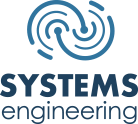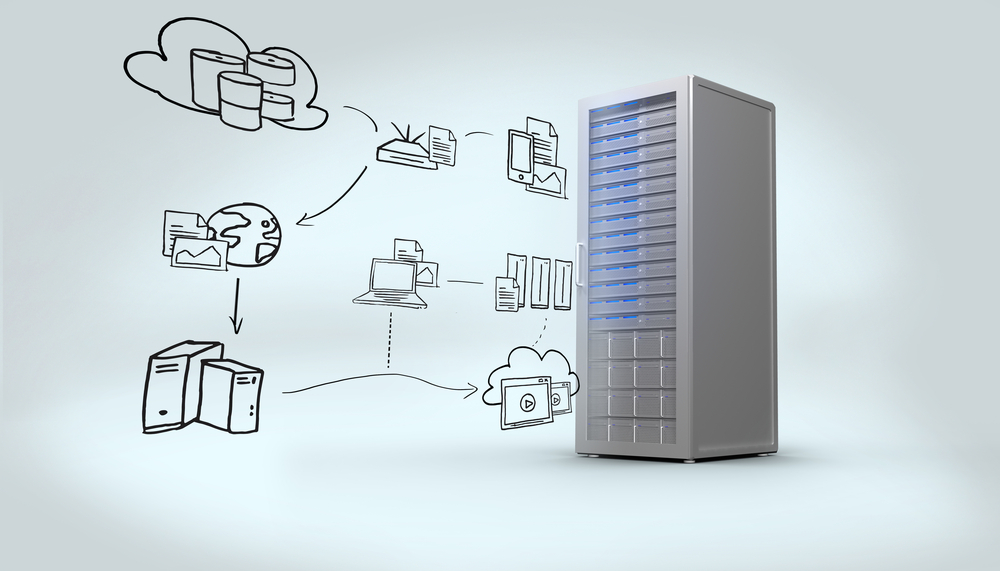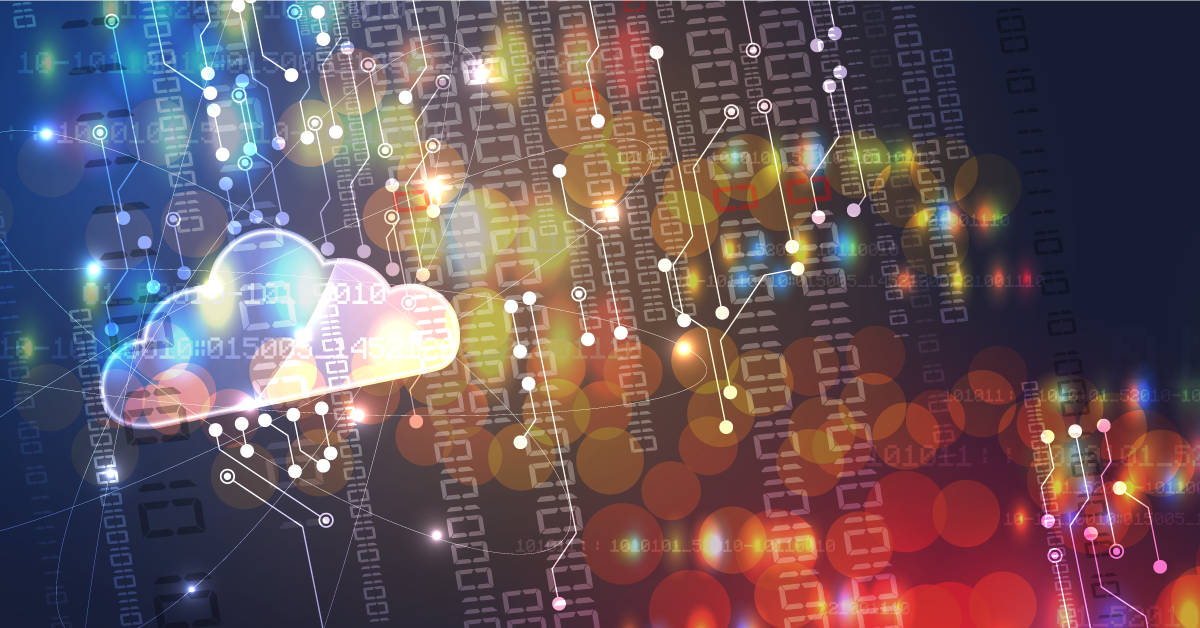Systems Engineering is aware of the FBI and CISA joint security advisory indicating threat actors are potentially using multiple Common Vulnerabilities and Exposures (CVE) to exploit Fortinet operating systems, known as FortiOS. The advisory calls out three vulnerabilities that may be used to gain access to business networks to begin data exfiltration or data encryption attacks. Vulnerabilities include;
Systems Engineering is aware of multiple vulnerabilities within Cisco Jabber Client software. These vulnerabilities affect Cisco Jabber for Windows, Cisco Jabber for MacOS, and Cisco Jabber for Mobile platforms. Vulnerabilities include:
Five years ago, I wrote a blog post that summarized the risks of unmanaged data within IT environments. As a specialist working with Systems Engineering's FileProtect (cloud backup service), I’ve only seen this problem compound. The problem lies in the fact that the majority of businesses haven’t taken on the challenge of cleaning out their proverbial digital junk drawers.
In 1970, around the same time David Bowie was writing “Changes”, Alvin and Heidi Toffler wrote a book entitled “Future Shock,” arguing that the ever-accelerating rate of technological and social change would create fear, confusion, and tension across the globe. In the last 50 years, their predictions have been largely prescient. While cloud technologies keep getting better and have improved our lives in a myriad of ways, there is no doubt that it leaves some people’s heads spinning. So how do you keep up with the cloud?
Qualys Cloud Platform is the incident response and breach prevention vendor used at Systems Engineering to perform monthly external vulnerability scan for our customers. Recently, Qualys released a statement relating to a previously identified zero-day exploit in one of their third-party solutions (Accellion FTA).
UPDATE MARCH 8, 2021
Systems Engineering learned of the Exchange on-premises server vulnerability on Tuesday, March 2nd, and activated our incident response plan.
Have you wanted to move some or all of your organization's infrastructure to a cloud service provider (CSP) such as Microsoft Azure but have reservations? These could include security, compliance, and/or costs — areas you would not want to have surprises. This is why it is important to consider how you will get you there in a secure and optimized way for cost and performance. To help you navigate this process, we put together some key points to consider in your cloud migration strategy.









